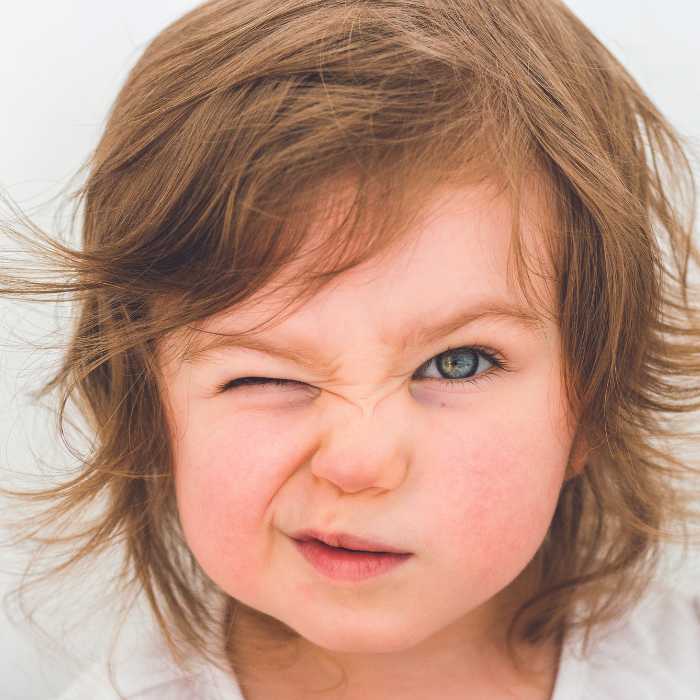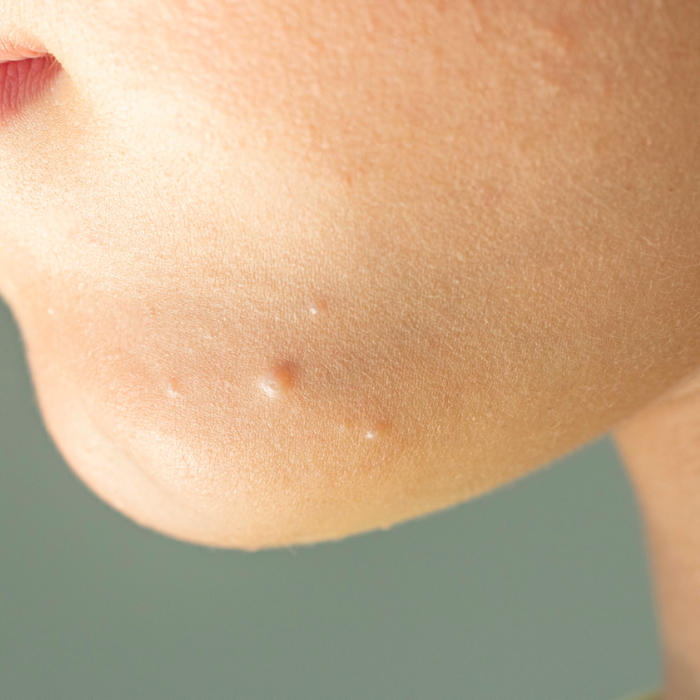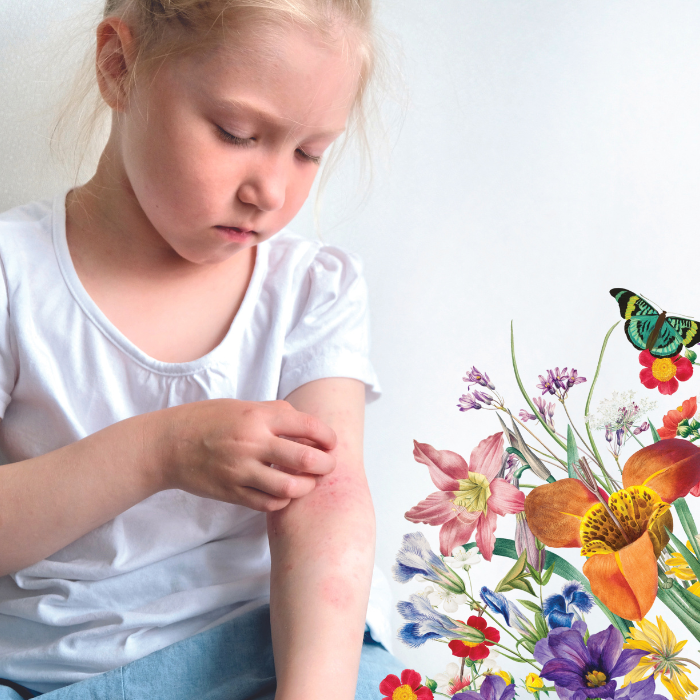
Prepare for winter head and respiratory ailments and create a cosy space for recovery
It’s winter, and you know what that means — ears, noses and throats will be on everyone’s health radar. But why do kids get sick more often in the cooler months? Well, colder temperatures drive us inside, creating a closed circuit for bacteria, dirt, dander, and germs, and putting us at increased risk of infection. It’s no surprise that ear, nose, and throat (ENT) complaints are some of the most common for children in winter.
ACHY EARS
Ear infections are very common in children, often occurring during or just after a cold. Germs which travel from the upper respiratory tract up the eustachian tube infect the middle ear, the space behind the eardrum. The resulting inflammation causes the tube to become blocked, meaning air cannot reach the middle ear. Fluid collects there and the eardrum becomes enlarged, causing pain and sometimes fever.
If the eardrum bursts, you’ll see snot-like pus coming out of the ear and your child may feel better from the pressure relief. A burst ear drum usually heals without treatment or other problems, but you should see your GP if this happens.
What to do: Visit your GP for an assessment, and be sure to return for a follow-up visit a month after treatment to ensure the ear issue has cleared up as intended. Ear health is critical for little ones.
NO-FUN NOSES
Blocked and running noses are the hallmark of winter’s virus-induced colds, and while there’s no magic cure, there are some ways to ease discomfort for your child.
What to do:
- Raise their head when they sleep to help the blood flow away from their head and reduce inflammation. Prop up the head-end of their mattress with a pillow placed underneath. Caution: Only do this for older children, as it’s not safe for babies. Do not place pillows in cots with babies.
- Keep up fluids including water, breast milk, formula or warm herbal teas for older children.
- Use a vapour rub on their chest and back. Peppermint- infused salves or mentholated ointments create a cooling sensation that can provide congestion relief.
- Saline drops and sprays can help clear stuffy noses.
THROBBING THROATS
Most sore throats are caused by virus-induced colds. Discomfort ranges from a scratchy feeling to severe pain which usually gets better without specific treatment over about a week.
Around 10 percent of sore throats are caused by bacteria, mainly Streptococcus (commonly referred to as strep throat). Left untreated, a strep throat can result in rheumatic fever. Sore throats may also be caused by tonsillitis or glandular fever.
What to do: Gargling with warm salt water (one teaspoon of salt per glass) or drinking warm herbal teas or honey and lemon drinks can ease throat discomfort, but often it’ll be hard to get the kids to do this. Book a visit to the GP.
CROAKY COUGHS
Painful coughing is often coupled with other ear, nose or throat symptoms, but with a cough being a serious symptom of Covid-19 and Whooping Cough – which are both prevalent in our community – it’s no laughing matter. Whooping Cough is a disease that creates inflammation in the upper respiratory tract, creating a thick mucus which blocks the airways and causes children to have to gasp for air. It often has a distinctive ‘whoop’ sound.
What to do: Visit your GP who can administer gentle swabs and in severe cases chest x-rays or blood tests.
Immunisations are available in New Zealand for Whooping Cough and Covid-19. Please chat to your GP for more information and eligibility.








